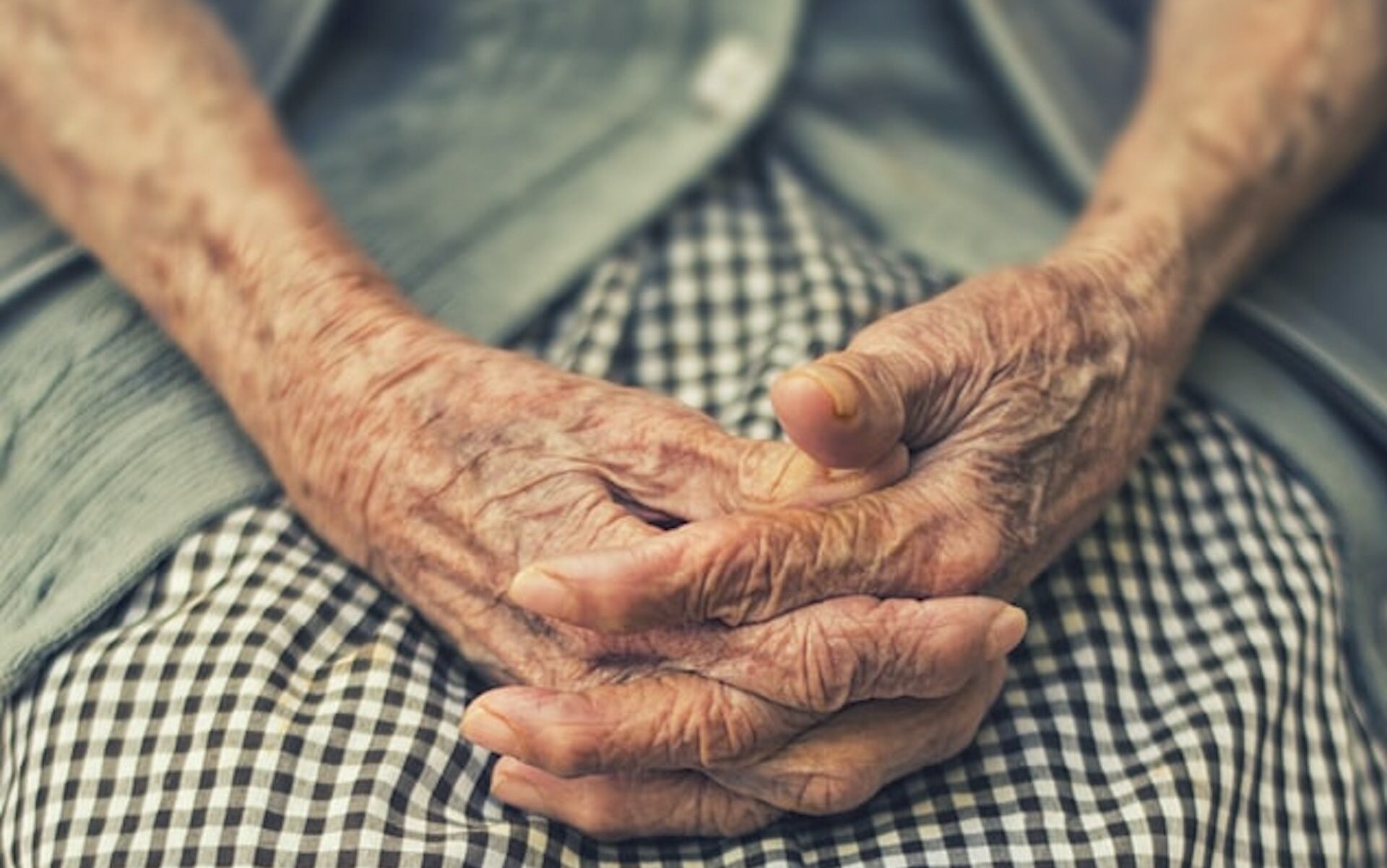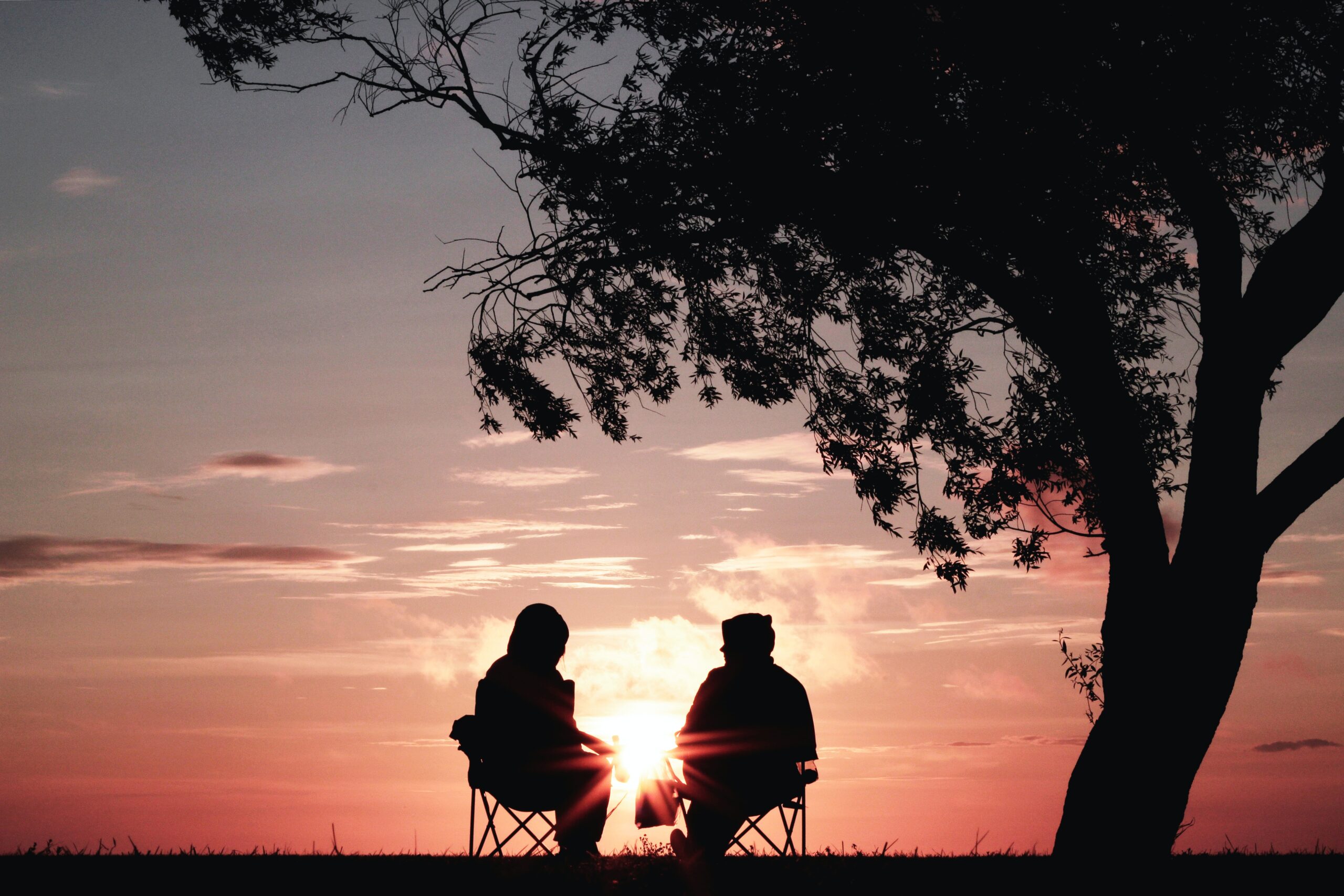How a year of pandemic harmed the most elderly Americans’ mental health

The COVID-19 pandemic began in winter 2020, arriving in waves.
In April 2020, the CDC partnered with the Census Bureau to track the pandemic’s mental health impact.
The Household Pulse Survey researches rates of anxiety and depression among Americans, as well as their treatment and insurance circumstances.
The researchers found the results revealing.
Anxiety skyrocketed among the most vulnerable population, people aged 80 and over.
When they measured depression, they found the same trend. It shot up along with the daily case count.
In late summer, they began to look at how many people were getting counseling or therapy.
The trend among Americans aged 80 and up also tracked the daily case count.
The researchers also saw that, over time, more of these patients were taking prescription drugs for mental health issues.
When the researchers looked at how many 80+ Americans were going without treatment, the results were alarming.
They found that many anxious and depressed elderly people weren’t getting the treatment they needed in the depths of the winter surge.
In the Depths of the Pandemic, Anxiety and Depression Climbed Among America’s Most Elderly
Anxiety and depression leapt among Americans as the COVID-19 pandemic raged last fall and winter.
The CDC and Census Bureau‘s Household Pulse Survey shows how the most elderly Americans, those aged 80 and up, were gravely impacted.
“These people are scared. There’s a very real pandemic and this is the most impacted population.”
Ainsley Burke, Asst. Prof. of Clinical Psychology, Columbia University
Anxiety Levels Followed Case Count
Anxiety and depression rose significantly for all age groups in periods when the case count was peaking.
A new report summarizing the Household Pulse Survey shows the percentage of American adults with recent symptoms of an anxiety or depressive disorder jumped from 36.4% in August 2020 to 41.5% in February 2021.
Launched to rapidly monitor mental health status and access to care during the pandemic, the Household Pulse Survey didn’t start until after the initial spring wave had crested.
But the survey shows anxiety and depression levels among US adults aged 80 and over leapt amid the summer surge.
A combined measure tracking symptoms of anxiety or depressive disorders in the last 7 days shot up 11 percentage points for this group, from 14.6% in mid-June to 25.6% at the top of July.
After receding in the fall, anxiety and depression again skyrocketed among Americans aged 80 and above.
The number of these elderly respondents citing symptoms in the last seven days rose 6.2 percentage points from 17.9% at the end of September to 24.1% in mid-November.
After a slight drop, anxiety and depression peaked among those aged 80 and over at 28.3% in the Dec 9-Dec 21 period.
“People are getting tired at this point, and we don’t have a vaccine yet, so this [winter] is a very stressful time,” says Ainsley Burke, an Assistant Professor of Clinical Psychology at Columbia University. “These people are scared. There’s a very real pandemic and this is the most impacted population.”
Elderly on Psychiatric Meds
The number of Americans aged 80 and up receiving mental health counseling and prescription medications rose dramatically as COVID-19 cases peaked in winter.
Those reporting they took prescription medication for mental health and/or received counseling or therapy in the last four weeks jumped from just 14.6% at the start of November to 22% by mid-December.
In the same period, the number of Americans aged 80 and over with unmet mental health needs seesawed.
At the outset of the Aug 19-31 period, only 1.4% of these elderly Americans said they needed counseling or therapy but didn’t get it.
This rose to a peak of 6.7% for the Dec 9-21 period. The figure then dropped to 3.3% Jan 6-18, only to rise again to 6.2% in the last reporting phase of Mar 3-15.
Mental Health Resources
- Anxiety and Depression Association of America (ADAA) provides information on prevention, treatment and symptoms of anxiety, depression and related conditions (240-485-1001)
- Children and Adults with Attention-Deficit/Hyperactivity Disorder (CHADD) provides information and referrals on ADHD, including local support groups (800-233-4050)
- Depression and Bipolar Support Alliance (DBSA) provides information on bipolar disorder and depression, offers in-person and online support groups and forums (800-826-3632)
- International OCD Foundation provides information on OCD and treatment referrals (617-973-5801)
- National Center of Excellence for Eating Disorders (NCEED) provides up-to-date, reliable and evidence-based information about eating disorders (800-931-2237)
- Schizophrenia and Related Disorders Alliance of America (SARDAA) offers Schizophrenia Anonymous self-help groups and toll-free teleconferences (240-423-9432)
- Sidran Institute helps people understand, manage and treat trauma and dissociation; maintains a helpline for information and referrals (410-825-8888)
- Treatment and Research Advancements for Borderline Personality Disorder (TARA) offers a referral center for information, support, education and treatment options for BPD (888-482-7227)
Finding Treatment
- Psychology Today offers a national directory of therapists, psychiatrists, therapy groups and treatment facility options
- SAMHSA Treatment Locator provides referrals to low-cost/sliding scale mental health care, substance abuse and dual diagnosis treatment (800-662-4357)
Suicide and Crisis
- The American Foundation for Suicide Prevention provides referrals to support groups and mental health professionals, resources on loss, and suicide prevention information (888-333-2377)
- The National Domestic Violence Hotline provides 24/7 crisis intervention, safety planning and information on domestic violence (800-799-7233)
- The Suicide Prevention Lifeline connects callers to trained crisis counselors (800-273-8255)


